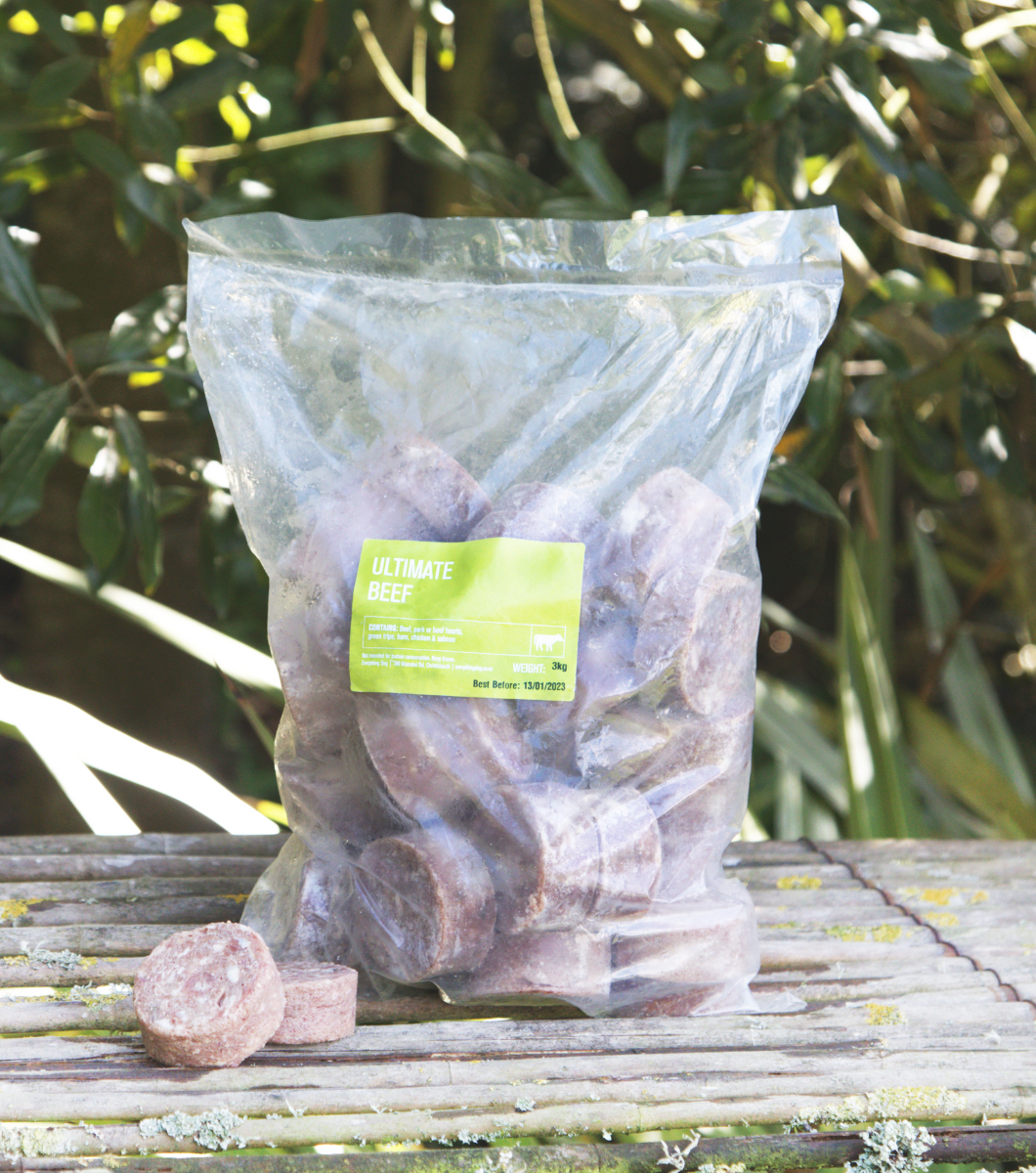Raw Dog Food
Support your pet’s health with a raw food diet for dogs made from nutrient-rich, natural ingredients. No fillers – just real, wholesome meals for energy, digestion, and overall wellbeing.
In Store Only

Select options
This product has multiple variants. The options may be chosen on the product page
BEEF NECK BONES
$19.70In Store Only

Select options
This product has multiple variants. The options may be chosen on the product page
CHICKEN, HEART AND SALMON MEDALLIONS
$12.60 – $53.00In Store Only

Select options
This product has multiple variants. The options may be chosen on the product page
CHICKEN, HEART AND TRIPE MEDALLIONS
$12.60 – $53.00In Store Only

Select options
This product has multiple variants. The options may be chosen on the product page
GAME, HEART & TRIPE MEDALLIONS
$13.00 – $56.50In Store Only

Select options
This product has multiple variants. The options may be chosen on the product page
LAMB ONLY MEDALLIONS
$13.00 – $56.50In Store Only

Select options
This product has multiple variants. The options may be chosen on the product page
ULTIMATE BEEF MEDALLIONS
$13.00 – $56.50In Store Only

Select options
This product has multiple variants. The options may be chosen on the product page
VEAL, HEART AND TRIPE MEDALLIONS
$13.00 – $56.50RAW FOOD PHILOSOPHY
WHY GO RAW
Just like their evolutionary ancestors, dogs are carnivores. Their shorter digestive tract has evolved over millennia to extract nutrients from a protein packed mix of raw meat, organs and bones. Grain based foods were predominantly introduced for dogs to enable them to travel long distances on ships before the invention of aviation. But, as a dog’s digestive system isn’t designed to process grains and starches, they have the potential to cause a range of problems, including inefficient digestion, digestive upsets, skin irritation and allergies.


OPTIMAL CANINE NUTRITION
RICH IN MINERALS & NUTRIENTS
NO FILLERS OR PRESERVATIVES

RAW DOG FOOD: THE BENEFITS
- CLEANER TEETH, FRESHER BREATH – Raw food and bones are your dog’s natural toothbrush
- HEALTHIER SKIN & COAT – Animal proteins can help to create a glossier coat and minimise skin irritations
- FIRMER, SMALLER, LESS SMELLY BOWEL MOVEMENTS – Quality food is better absorbed by the body, meaning less (and nicer) waste coming out!
- MORE MUSCLE MASS & ENERGY – Protein based diets lead to better body composition, more energy, and can help with weight issues
- REDUCED BODY ODOUR – Raw fed dogs pass less, or no gas because their bodies are digesting biologically appropriate foods
- GENERAL HEALTH – Raw protein diets have been shown to boost immunity and reduce inflammation
LOVE DOGS? Sign up for expert advice, new product updates, and exclusive offers.
All data protected in accordance with our privacy policy link to privacy page












